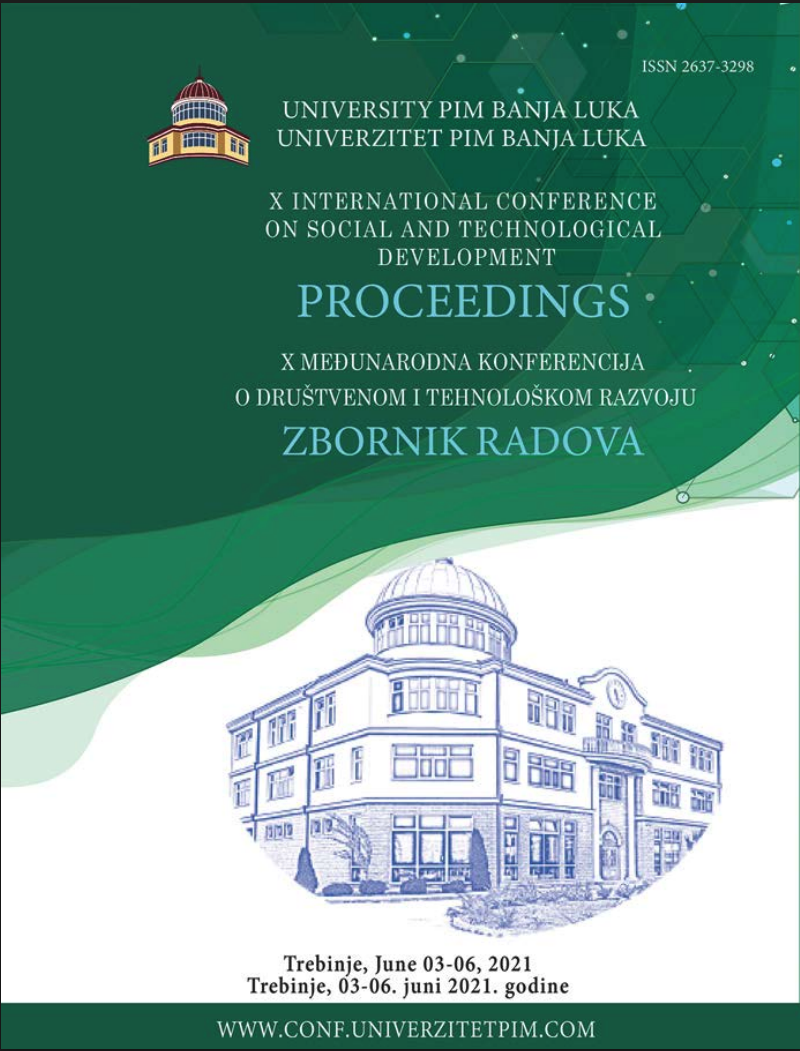
This is an open access article distributed under the Creative Commons Attribution License which permits unrestricted use, distribution, and reproduction in any medium, provided the original work is properly cited.
Faculty of Architecture, University of Banja Luka , Banja Luka , Bosnia and Herzegovina
Faculty of Architecture, University of Banja Luka , Banja Luka , Bosnia and Herzegovina
Public spaces are very important for urban life, and their traditional form are the streets. Streets occupy more than 80% of the total public space. The content of the street defines its character and the built, natural, social, cultural and economic context. Also, streets must be designed to respond to the many challenges that cities face, such as: public health and safety, quality of life, social equality, and economic and environmental sustainability. The aim of this paper is to point out a new approach to street design through the form of Green Streets concept. Through the method of content analysis research refers to the clarification of the meaning and principles of shaping green streets. The practical part of the work includes implementation of the theoretical setting on a specific polygon - on the Kralja Petra I Karađorđevića Street and Mladena Stojanovića Street in Banjaluka. Paper will define the concept and guidelines for the improvement and further development of the polygon, based on the analysis of the mentioned streets, in order to improve the quality of life and of the environment.
The statements, opinions and data contained in the journal are solely those of the individual authors and contributors and not of the publisher and the editor(s). We stay neutral with regard to jurisdictional claims in published maps and institutional affiliations.